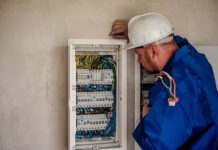Fall arrest anchors are a very important feature for people working on roofs. However, they have a number of important features or functions, that may not be obvious at first glance since, in general, these mechanisms appear to be fairly basic and simple to use.
In fact, although sold on the market, there are certain fall arrest anchors that wouldn’t be recommended by anybody in the field. Even if they do meet the codes and requirements, they may not be as durable or as functional as fall arrest anchors with the right features.
1. Rotation
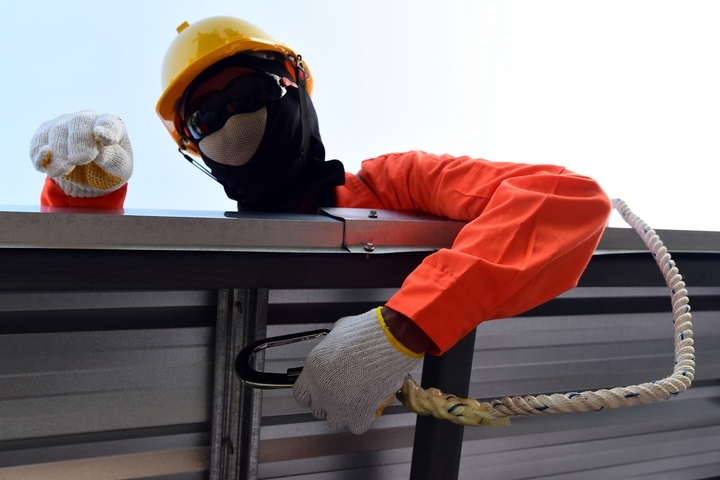
For optimal versatility while working on the roof, it is ideal if the anchorage connector is able to rotate 360 degrees. This allows workers greater freedom when using the fall arrest anchor. It also allows for fewer anchor units to be required for that particular roof.
Allowing the movements of roof workers to be free, rather than restricted as the case would be with non-rotating anchorage, provides increased safety for the workers and allows them to work more quickly and naturally. When restricted by non-rotating systems, workers will need to disconnect and reconnect more frequently, which wastes time and provides more opportunity for error.
2. Static load
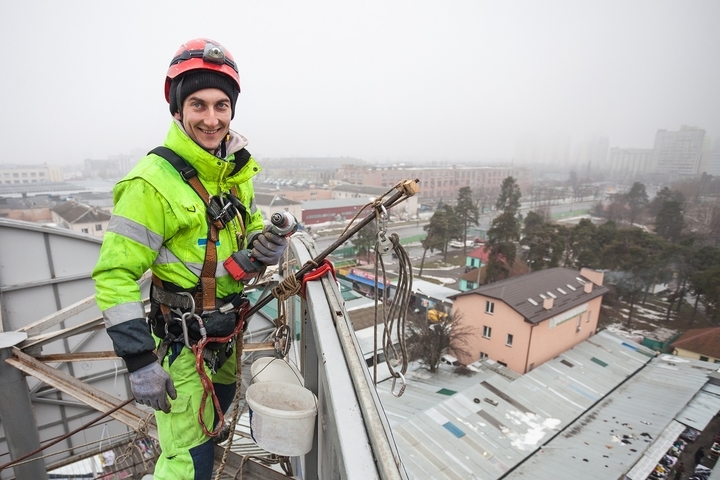
A very important feature of fall arrest anchors is the static load they can handle. The static load is the amount of weight the system can consistently hold. This would be important for window cleaners or other jobs that require workers to be suspended in air over an extended period of time.
Codes change per location, and may also depend on the intended use of the anchor, for instance a good static load is 1,000 pounds, however some codes and uses may require systems capable of handling a higher static load. When choosing a fall arrest anchor, it is important that the person making this decision understands the scope of the codes and uses for the system so as to choose a sufficient static load.
3. Ultimate force
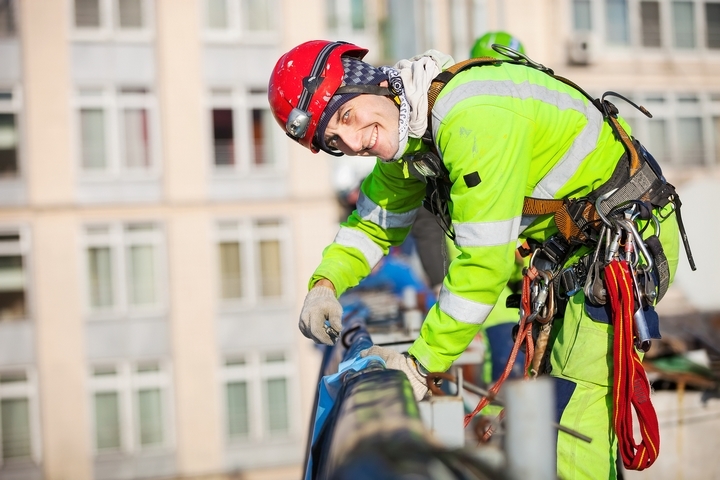
The ultimate force of a fall arrest anchor is the one time force load that would occur in the event of a fall. Most codes require an ultimate force of 5,000 pounds, however as with the static load, there may be situations where more is required. Again, the choice is important as this is the feature that will save a life in the event of an accident or fall.
4. Rope
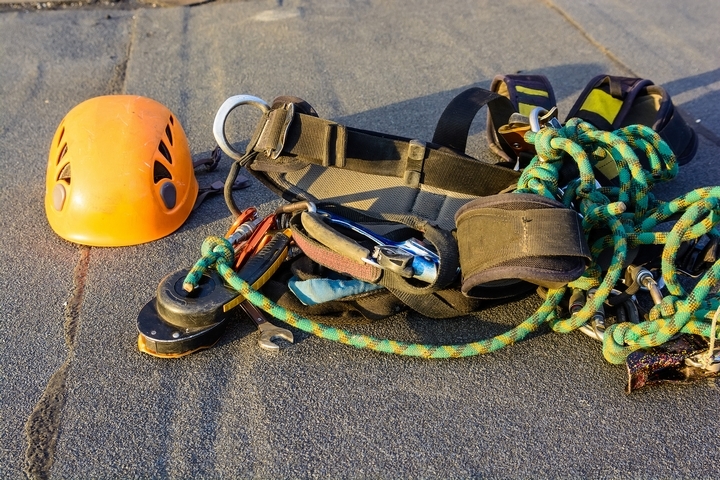
The rope allows the worker the freedom to move around on the roof, but there are some different mechanisms which are used to help stop falls quickly. One is a retractable rope, which only extends as long as necessary to avoid excess rope that could become tangled or caught on something on the roof.
Another option is a type of lock system which would be attached directly on the worker. The rope would be locked into place wherever the worker goes so that, should they fall, the rope would lock them into place immediately, and not allow them to free fall at all.
5. Custom design
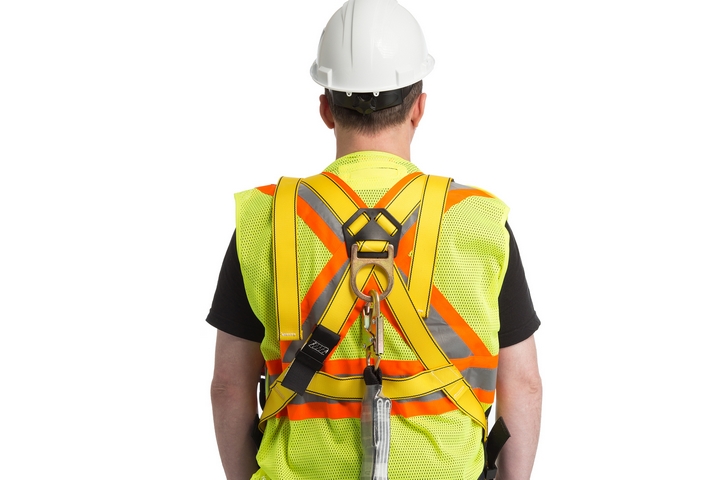
Although each fall arrest anchor will likely have the same or similar parts involved, they will not be the same for each roof. Every roof is unique, so that’s why every fall arrest anchor should be as well. The most important is that the system meets all codes and regulations.
This can look different depending on the layout of the roof, and also what is beneath the roof, how much space is between the roof and the ground, and other factors that depend not only on the roof itself, but also on the surrounding area.


